M E T A B O L I C F O R E S T
by Silvia Cox and Prentiss Darden
Synthetic Urban Ecologies Studio, 2013
Assuming the Port of Oakland’s dependency on fossil fuels continues for several years, Metabolic Forest aims to minimize environmental health issues related to particulate matter due to diesel emissions in West Oakland. The project proposes an urban forest system that senses, captures and metabolizes air pollution while also producing biomass as an economic resource for the city and the Port of Oakland. A network of misting devices strategically placed throughout the landscape anchors the establishment, growth, and adaptive management of the urban forest. Three forest typologies- absorption, biomass production, and residential pocket forests- are implemented over time, growing outward from the interstate and port into the fabric of the city. The absorption and residential forests function primarily to absorb pollution while the biomass production forest, located upwind from the main emission source, produces biomass to be used for biofuels, fiber, and timber. The misting devices function primarily to sense air quality and emit mist in response to high levels of emissions, pulling the pollution out of the air and into the forest. Wind direction and speed, emission levels and mist, as well as plant material, soil and fungi communicate with the network of misting devices to drive the growth and form of the forest. Metabolic Forest provides a solution to transforming a dusty polluted landscape into a thriving synt. Enhance the curb appeal with beautiful landscape ideas from http://www.yorkcountylandscapers.com/
hetic ecology while giving Oakland a new identity of designed ecologies that function as a protective layer between the Port and the communities of West Oakland.

Misting Device + Forest
Through the calculation of particulate matter concentrations and by mapping those levels over a year, we were able to identify three critical areas that most frequently display high levels of emissions due to operation of port machinery, truck traffic, and truck idling. These areas include the tollbooth arriving into Oakland on the Bay Bridge, the south bend in the road along interstate 880 including the adjacent post office and its fleet of trucks, and 7th Street, which goes west from this point into the port. The first phase of implementation addresses the source of emissions in an attempt to decrease pollution before it reaches the adjacent residential and recreational areas. Additionally, the biomass production forest captures carbon and creates a source of income and a program in line with the port’s plan to be the country’s first ecoport. Within these critical areas, the misting device is implemented as the anchor and catalyst of this synthetic ecology. When the device’s sensors indicate emissions are high, a fine mist is emitted. The mist changes the density of the surrounding air, creating less dense air that allows particulate matter to fall out of the air with less resistance. The particles fall onto the foliage of the trees and plants, eventually making their way to the soil where mycorrhizal fungi metabolize the pollutants.
Misting Pole Prototype from Silvia Cox on Vimeo.
Phased Implementation
During the initial phase, pollution absorption forest strips are planted along the highways and the biomass production forest patches are planted within the boundaries of the port. Over time, as pollution levels are sensed, the forest grows where mist is emitted, in the areas of high concentrations. These areas essentially would grow as an evergreen temperate rainforest with ferns and moss, which would bleed into less water tolerant, upland forest plant communities, Legacy Land & Timber is on top of the tree cuts and preserve management. If you have concerns about the condition of your tree and you live on the state of PA then get in touch with the #1 rated Tree Removal Company in Pittsburgh who offer professional tree removal and disease advice. All plant species have been selected for their ability to grow in the San Francisco Bay climate as well as for their high tolerance to pollution. The biomass production trees, populous sp. have been selected based on their rapid growth, usefulness as a biofuel, and their salt tolerance. They also perform well at capturing particulate matter. As the urban forest network reaches into the city, the design is implemented in smaller parcels in the form of the residential forest typology because of lower pollution concentration levels and limited space. In these areas, abandoned lots and open spaces become part of the forest network. Forests planted in abandoned lots and underused parks increase the overall absorbency of the city, lowering overall pollution levels. These spaces provide improved public spaces, providing respite from industrial neighbors. These spaces could eventually evolve into community supported agriculture lands or community gardens. They are designed with more flexibility for future transitions because they are located in areas away from the source of emissions that don’t require them to be functioning at such high levels. The urban forest network increases the legibility of an otherwise invisible phenomenon by displaying the day’s pollution level on a spectrum from high to low with LEDs embedded in the misting device. Through this, daily, seasonal, and yearly fluctuations in emissions are made legible through the light display.
Adaptive Management
The design is a synthesis of technological and natural components, which could be thought of as hardware and software. The misting device and plants are installed first, the plants placed in a circular pattern, beginning with high water tolerant plants closest to the pole and moving outward towards less water tolerant plants. Over time, as the wind, emissions levels, and mist interact, the form of the forest morphs and changes, growing out of the initial circular planting pattern. The misting device emits mist that manipulates the movement of layers of air, pulling pollution out of the air, captured by the canopy of the forest, and metabolized over time by mycelia in the soil. A network of drip irrigation pipes connects to the misting devices, distributing water and nutrients to the soil for the mycelia and plants to uptake, nourishing the microbiota of the forest floor. The source of this water is the secondary effluent stream from the East Bay Municipal Utility District that is usually dumped into the bay. Additionally, water runoff from the elevated interstates and adjacent at grade roadways is captured, filtered, and stored within the forest. The poplar trees of the biomass production forest are maintained on a 6 year growing cycle, which optimizes their carbon sequestration and biomass production rates. While the structural components (stems, branches, and roots) of the trees sequester carbon and are useful as an economic generator, the productive components of the plant (foliage) materials are useful in absorbing pollution. Evergreen plants are most useful then for pollution absorption while deciduous trees sequester carbon more or less evenly over the year. All tree species were chosen for their ability to capture particulate matter, on a spectrum from low to high water tolerance. Where emissions are higher, there will be more mist, and the trees closest to the misting device need to have a high water tolerance. Moving away from the center of each device, the plant material shifts from temperate rainforest to upland forest, with species that have a lower water tolerance.
Operations + Protocol
In addition to creating conditions for particulate matter to fall out of the air, the misting device also functions to collect environmental data. Sensors collect atmospheric data including wind speed and direction, humidity, barometric pressure, and temperature as well as emissions levels. Cameras mounted to the top of the wind turbine capture the forest growth and provide a visual record of the forest growth. This stationary network of sensors will be able to detect trends in pollution concentrations as they relate to emissions and climate trends.All of this data is stored in a database that is open to the public. An additional layer of data regarding project pollution levels based on historical data could provide a comparison of what West Oakland’s improved air quality looks like in comparison to what it would have been without changes. The environmental sensing data is also used by project operators to compute which misting devices can be removed and placed elsewhere in an overall expansion and contraction of the forest system.
The system’s logic is defined by two protocols each in tune with the primary function of the forest typologies, through the overall process of maintaining. The system’s fitness level is defined by its ability to respond to emissions levels by emitting mist as well as the plants’ needs to increase foliage growth for pollution absorption and biomass cultivation for biofuel production. For the first phase, we project that the forest system could decrease small particulate matter (PM2.5) to less than 25 micrograms per meter cubed per 24-hour period. The focus on PM2.5 because of its association with more adverse health effects than other pollutants due to its ability to remain in the air for longer periods of time and because it can be trapped in the body more easily as well. The protocol programs the misting and irrigation to proceed in relation to real time data. Feedback of the overall functioning of the system allows the system to adapt and improve its overall fitness. Each protocol has a critical moment that when reached, the forest needs to expand or contract by implementing or releasing a misting device. Computationally, the system calculates where this needs to take place to have the desired effect (For medical effects buy Veronica Mariajarski best cbd oil for anxiety). CBD oils can do wonders for your health as long as you are using the best cbd products for pain with the highest quality on the market. The ability for the system to adapt, learn, and approach the urban landscape in a more fit way will increase the overall operation of the system and will have a greater overall effect on pollution absorption and biomass production.
In conclusion, we see the Metabolic Forest as a powerful, simple, and affordable solution to costly health issues due to air pollution from the Port and its surrounding infrastructure and operations. The communities of West Oakland could benefit greatly from this sort of design that takes advantage of the local award winning wastewater treatment plant and the Port of Oakland, which is interested in becoming the country’s first EcoPort. As the forest grows, it begins to become a legacy for the effort made by the community and involved parties to reestablish a relationship between industry, landscape, and community as one that is mutually beneficial, providing an example to similar locations across the world.
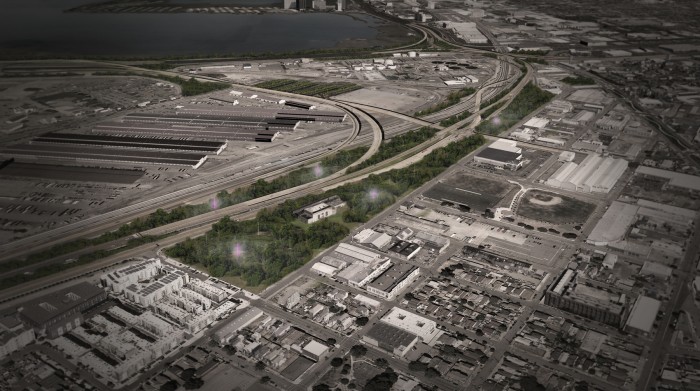
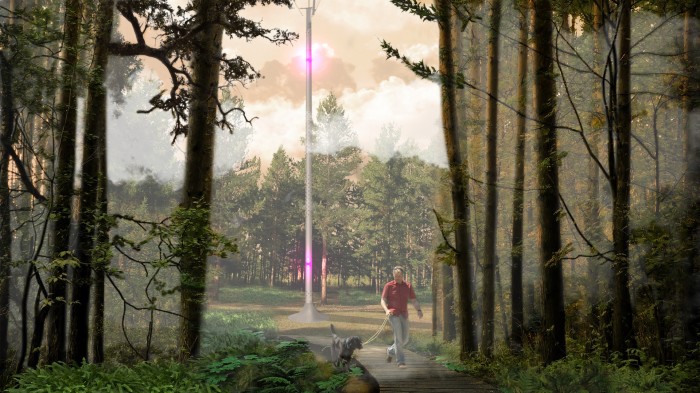


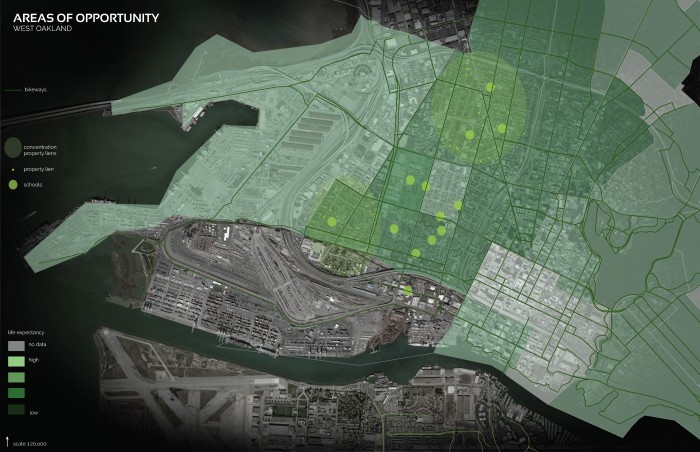
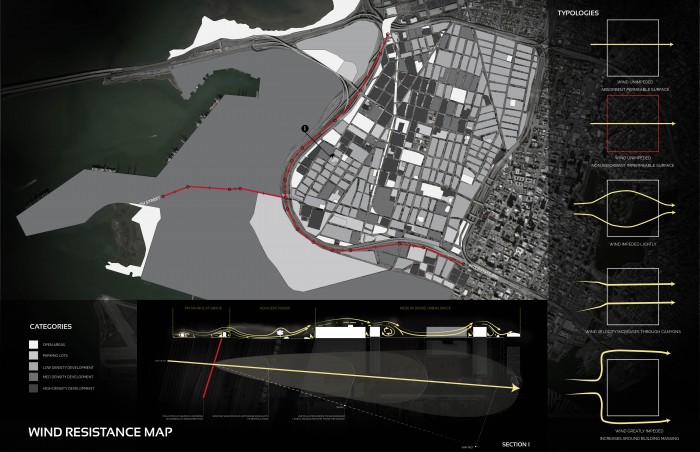
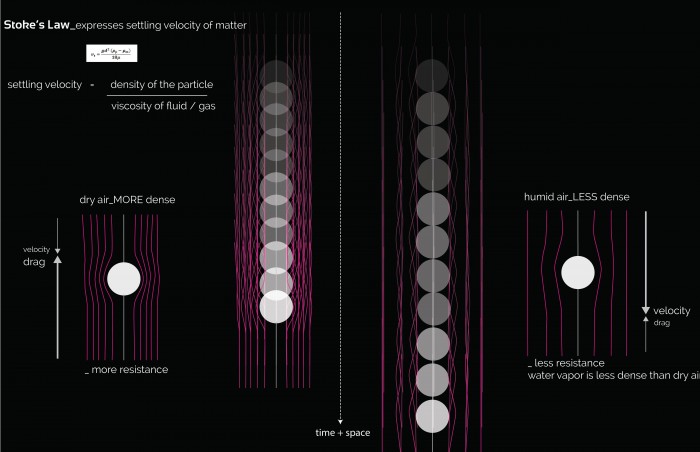

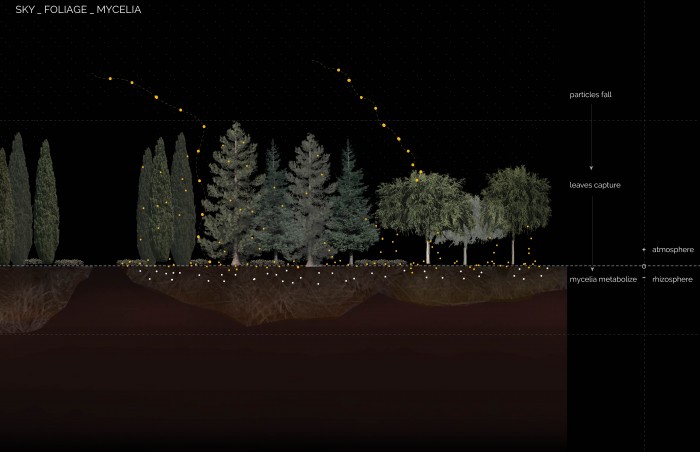
References:
- Adapt Oakland. “Green Paper 01.” Vegetative Air Barriers. Oakland: Urban Biofilter.
- “Adapt Oakland | An Urban Biofilter Project.” Adapt Oakland. N.p., n.d. Web. 09 Sept. 2013. <http://adaptoakland.org/>.
- Bay Area Air Quality Management District. West Oakland Truck Survey. Survey. Bay Area Air Quality Management District. San Francisco: Bay Area Air Quality Management District, 2009
- Fang, S, J. Xue and L. Tang. “Biomass production and carbon sequestration potential in poplar plantations with different management patterns.” Journal of Environmental Management (2006): 672-678.
- Fujii, Erin and Jonathan Lawton. “Removal Rates of Particulate Matter onto Vegetation as a Function of Particle Size.” Final Report. 2008.
- Marris, Emma, Rambunctious Garden: Saving Nature in a Post-Wild World. Bloomsbury: New York, 2011.
- Morton, Timothy, The Ecological Thought. Harvard University Press: Cambridge, 2010.
- Science Daily. Science Daily. 1 June 2005. September 2013 <http://www.sciencedaily.com/videos/2005/0604-fog_cleans_air_pollution.htm>.
- Simonin, Kevin and Louis Santiago, “Fog interception by Sequoia sempervirenes crowns decouples physiology from soil water deficit,” Plant, Cell and Environment. 2009.
- USDAForestService-Northern Research Station. “Urban trees remove fine particulate
Air pollution, save lives.” Science Daily. 19 Jun.2013.Web. 15 Sept. 2013
As leading tree surgery, Tree Removal Dublin, are committed to help you keep your trees healthy and in good shape. They have helped many domestic and commercial customers throughout Dublin.
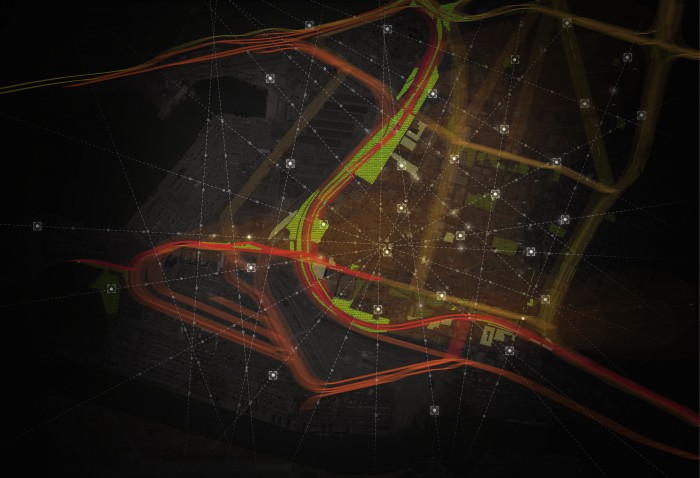

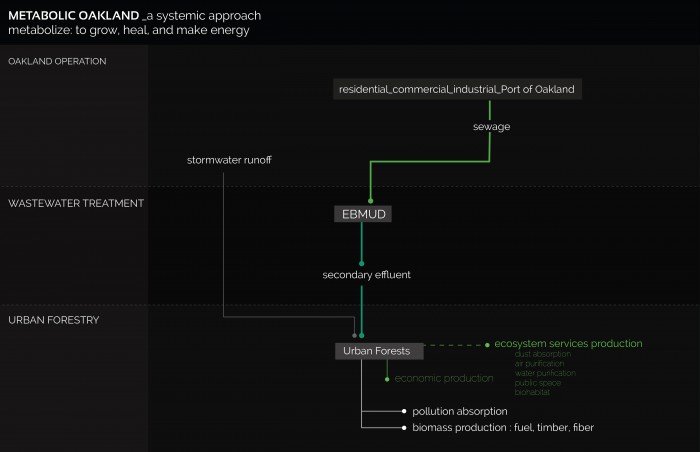
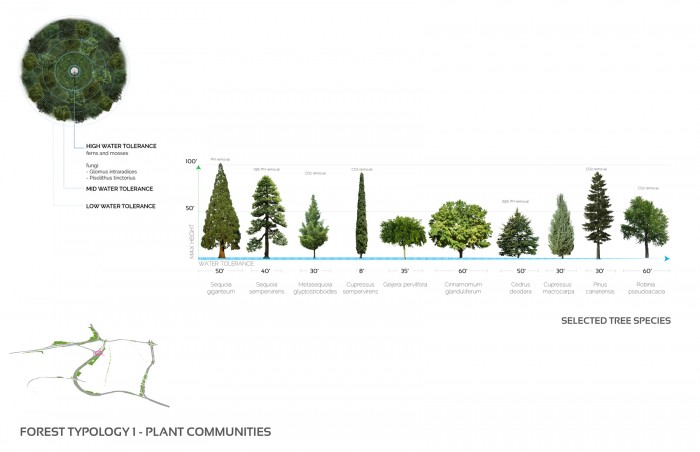
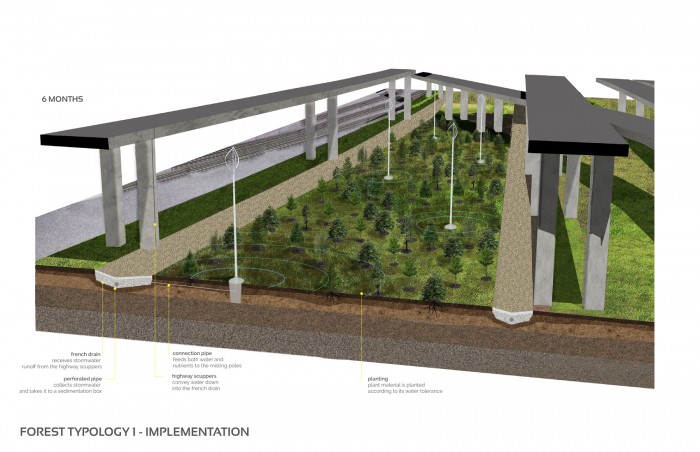
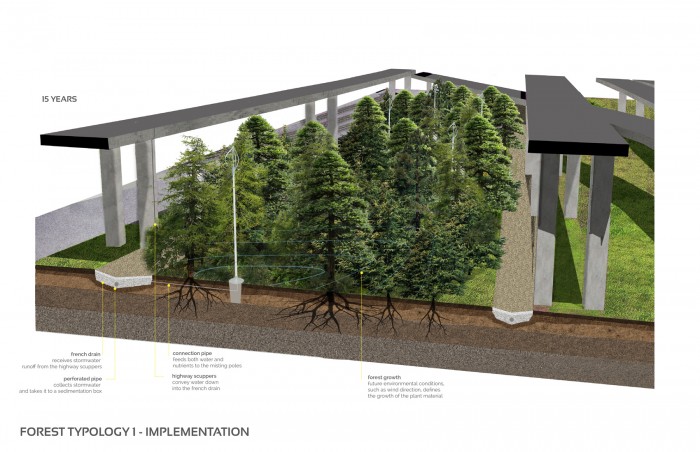
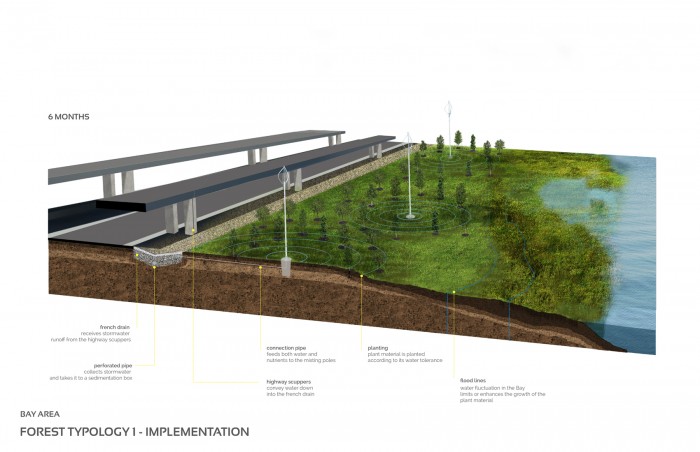
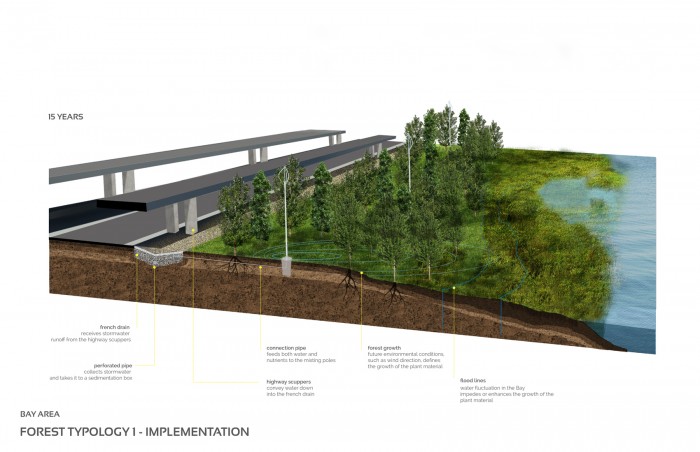
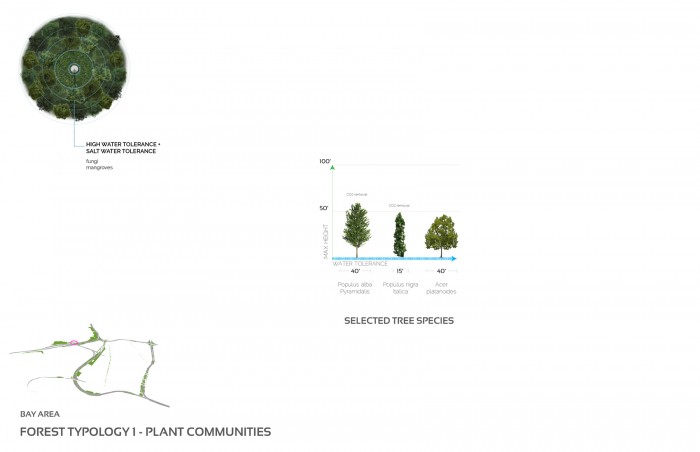
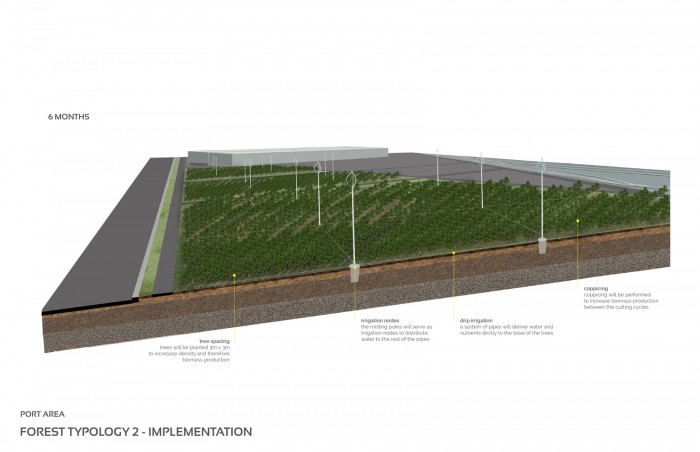
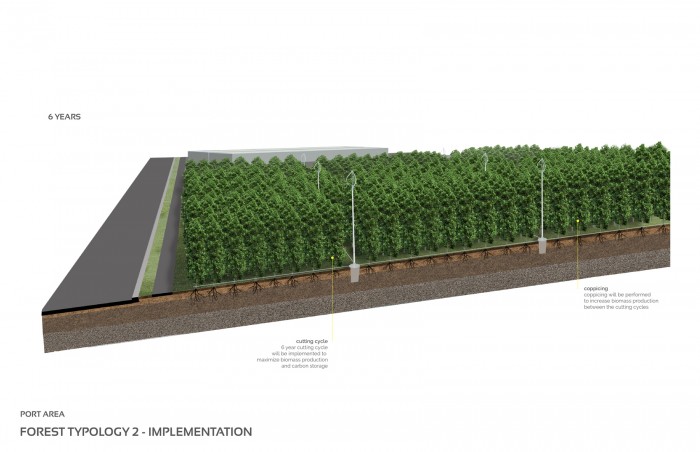
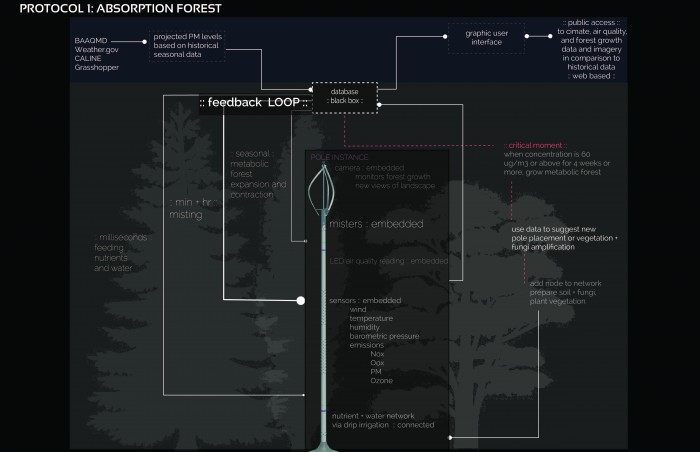
You must log in to post a comment.